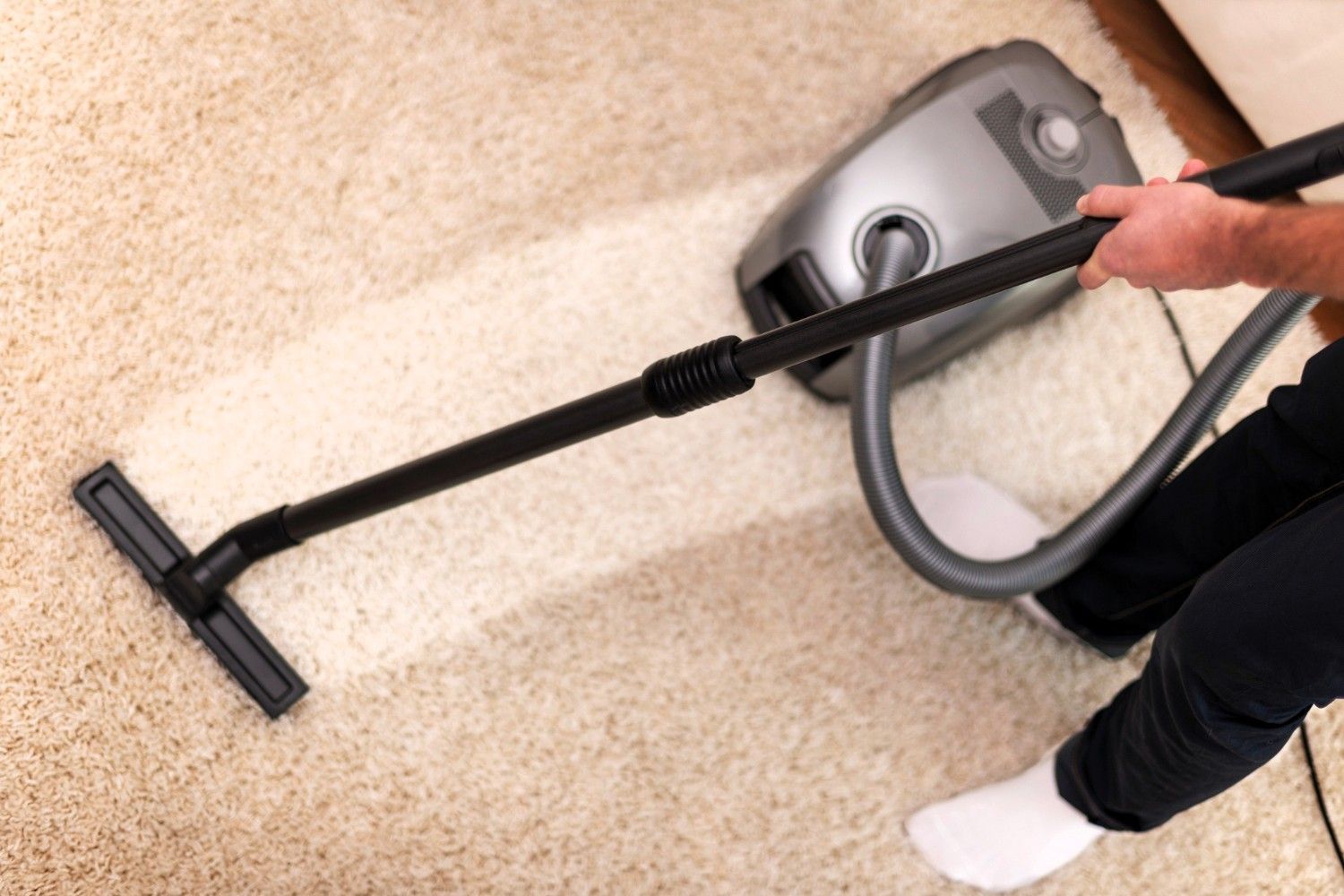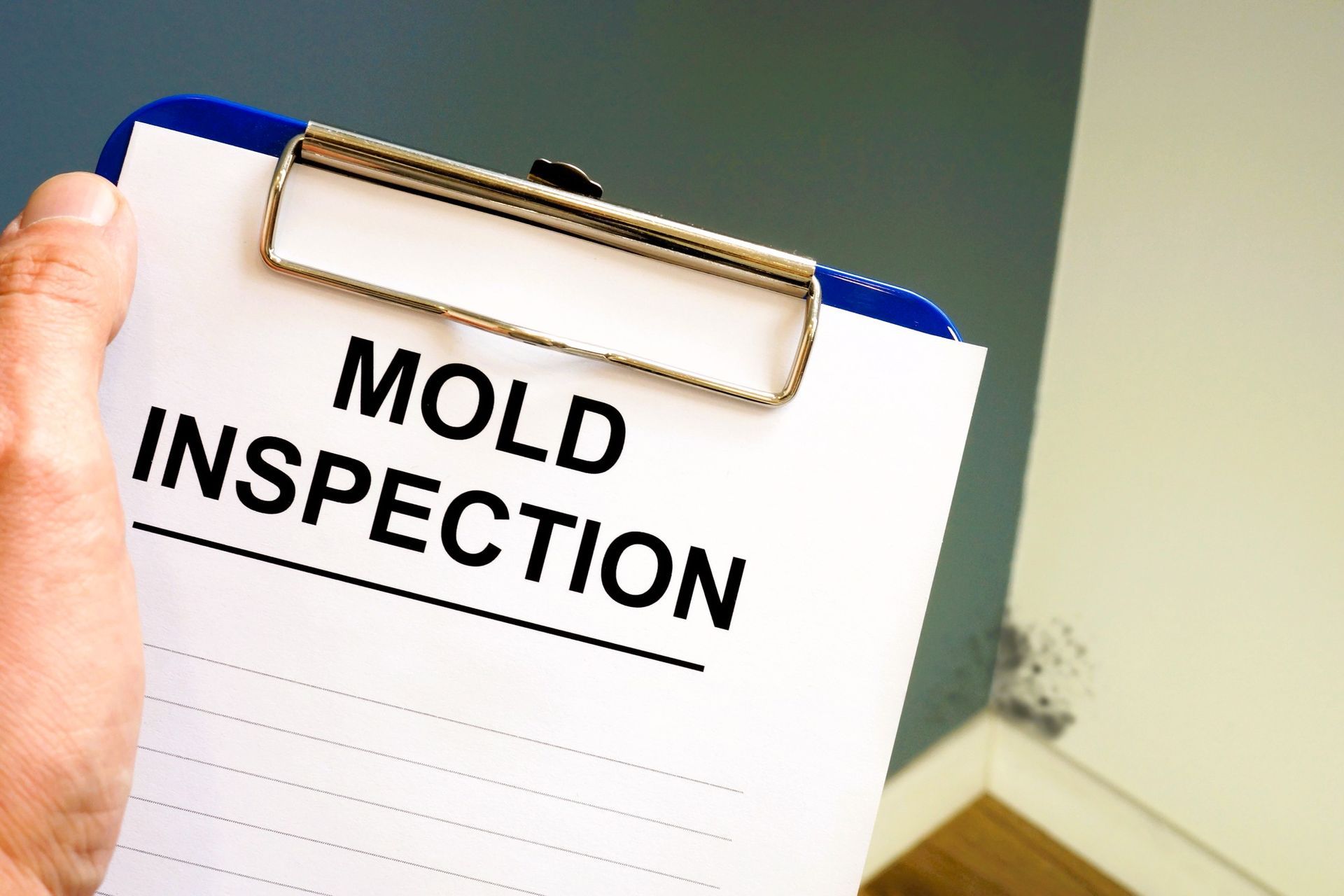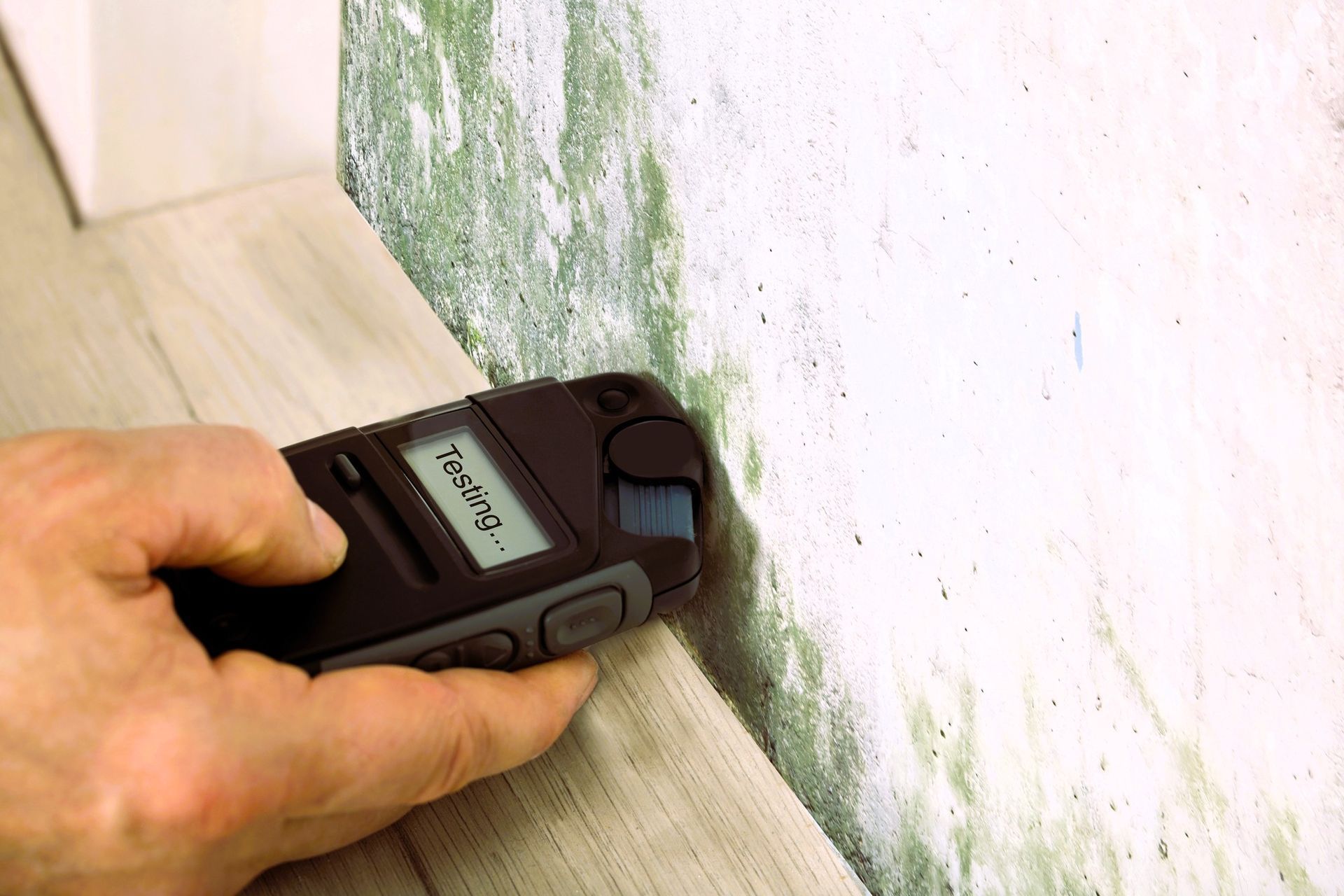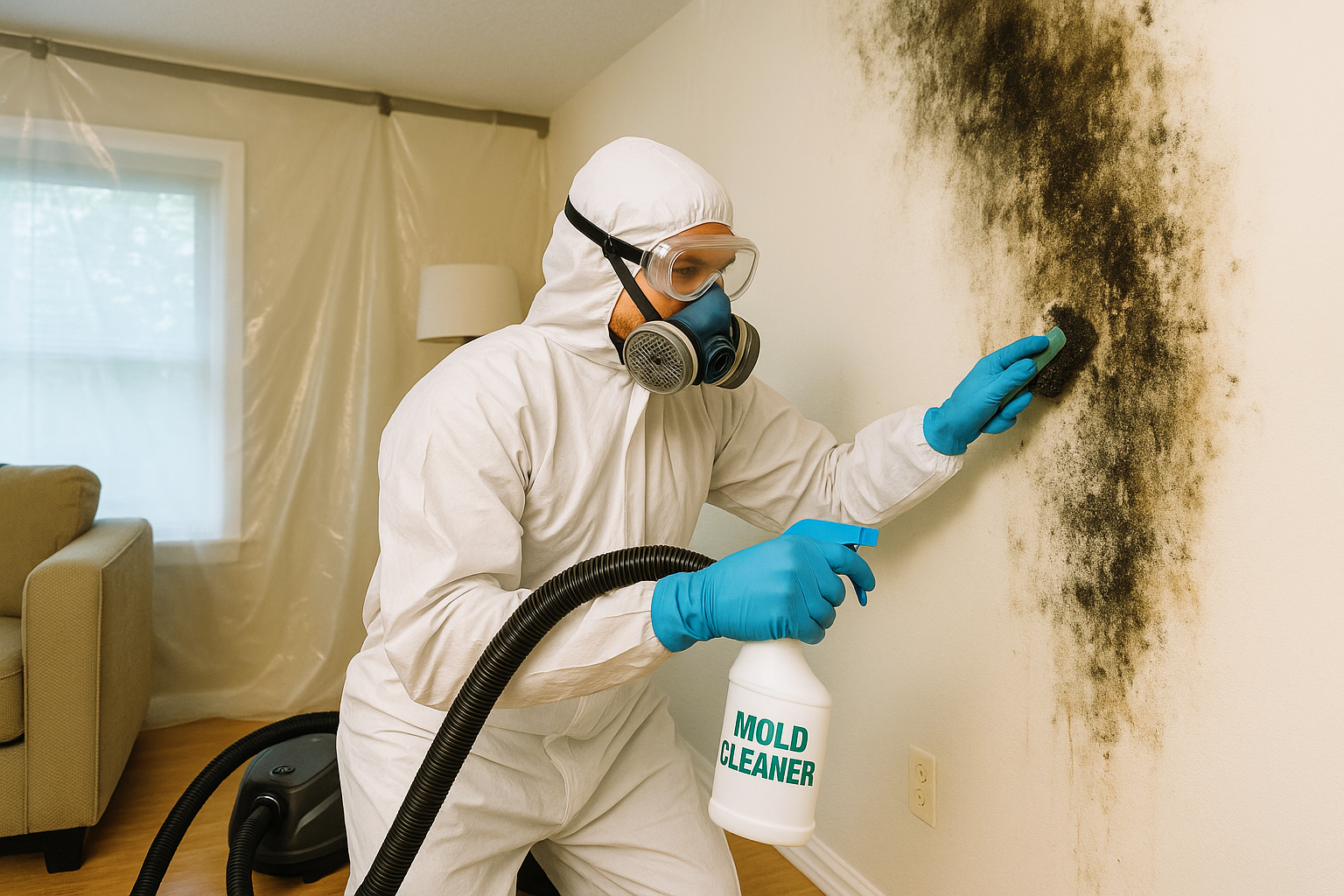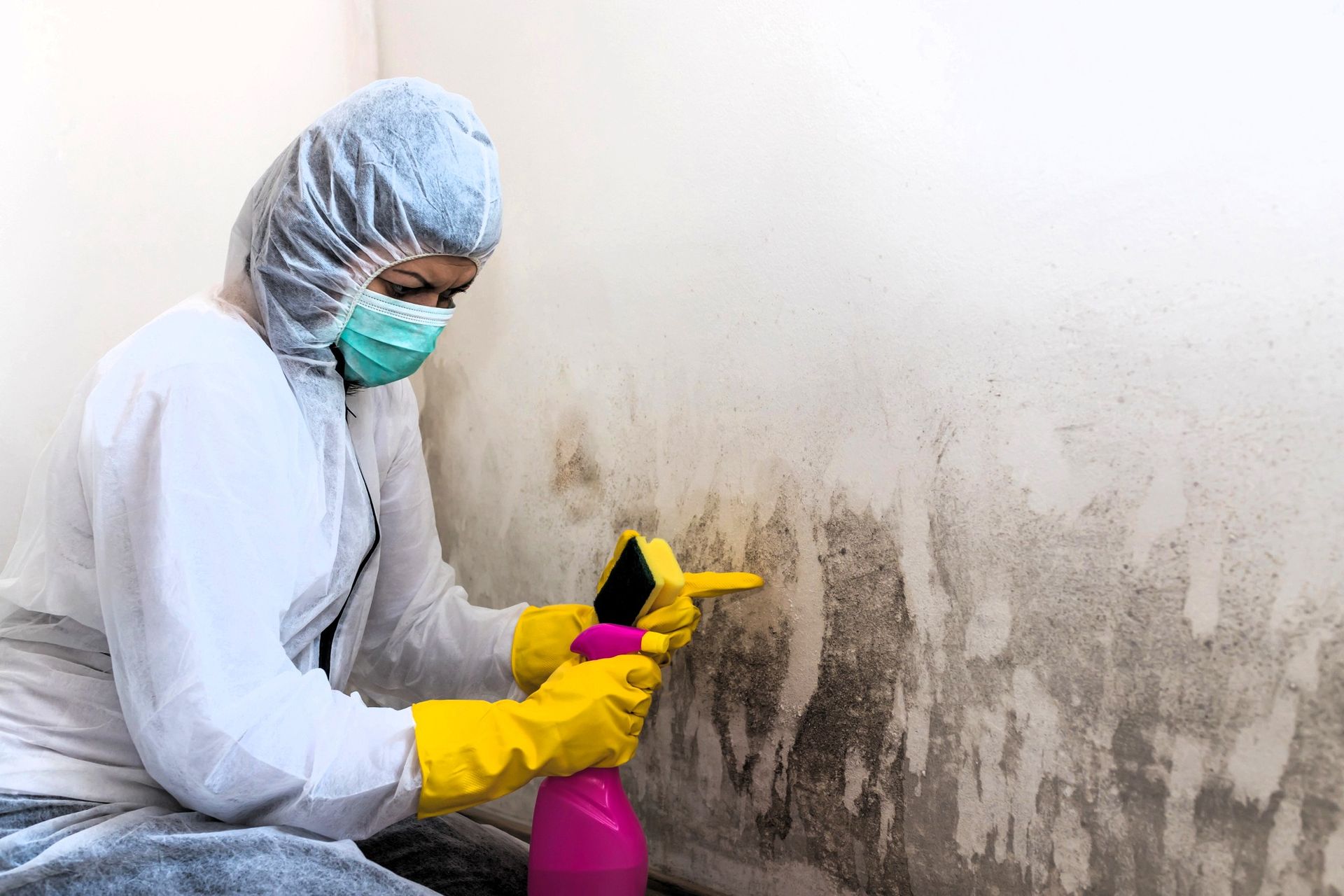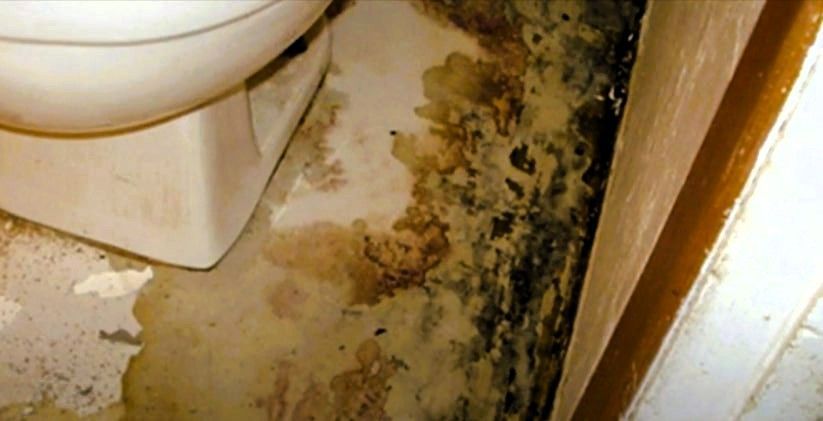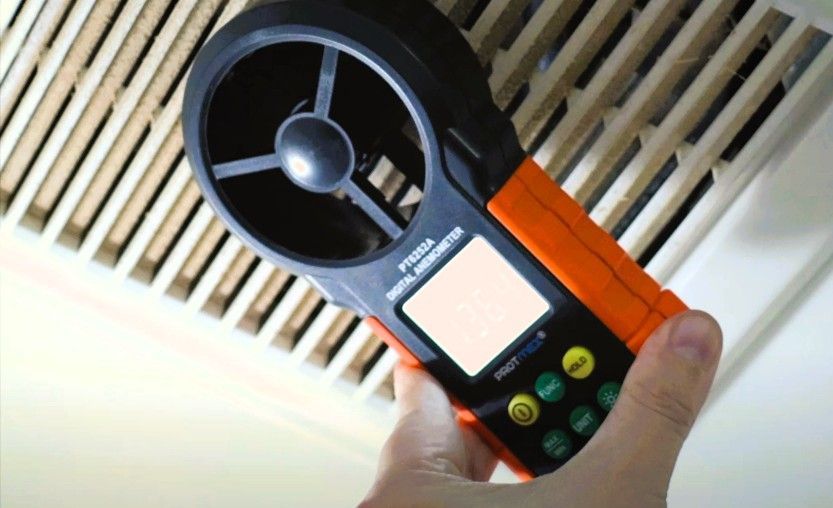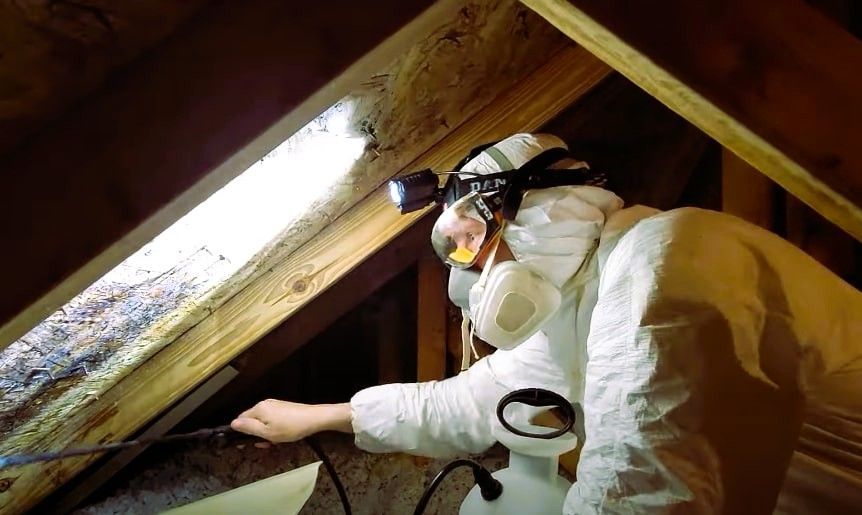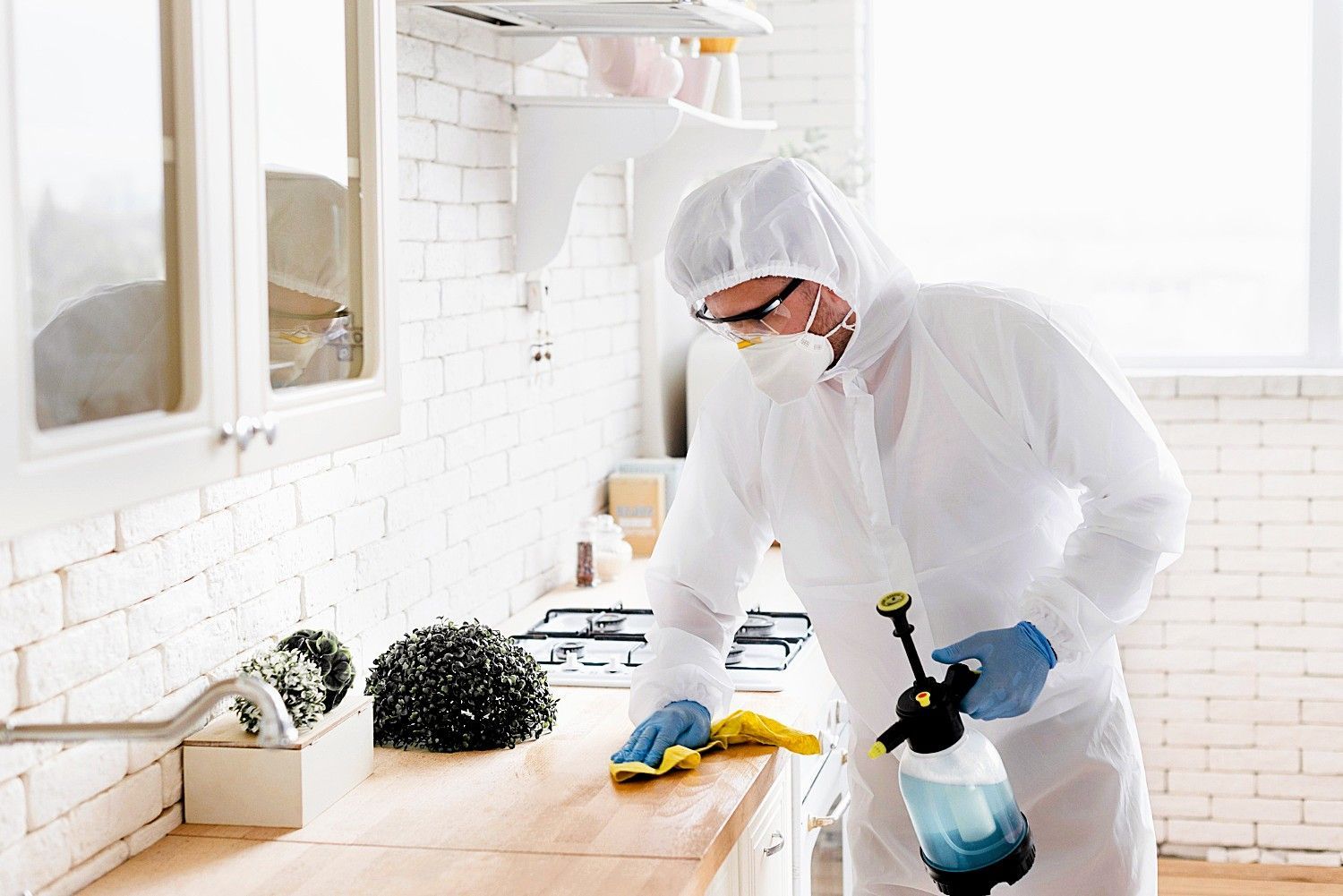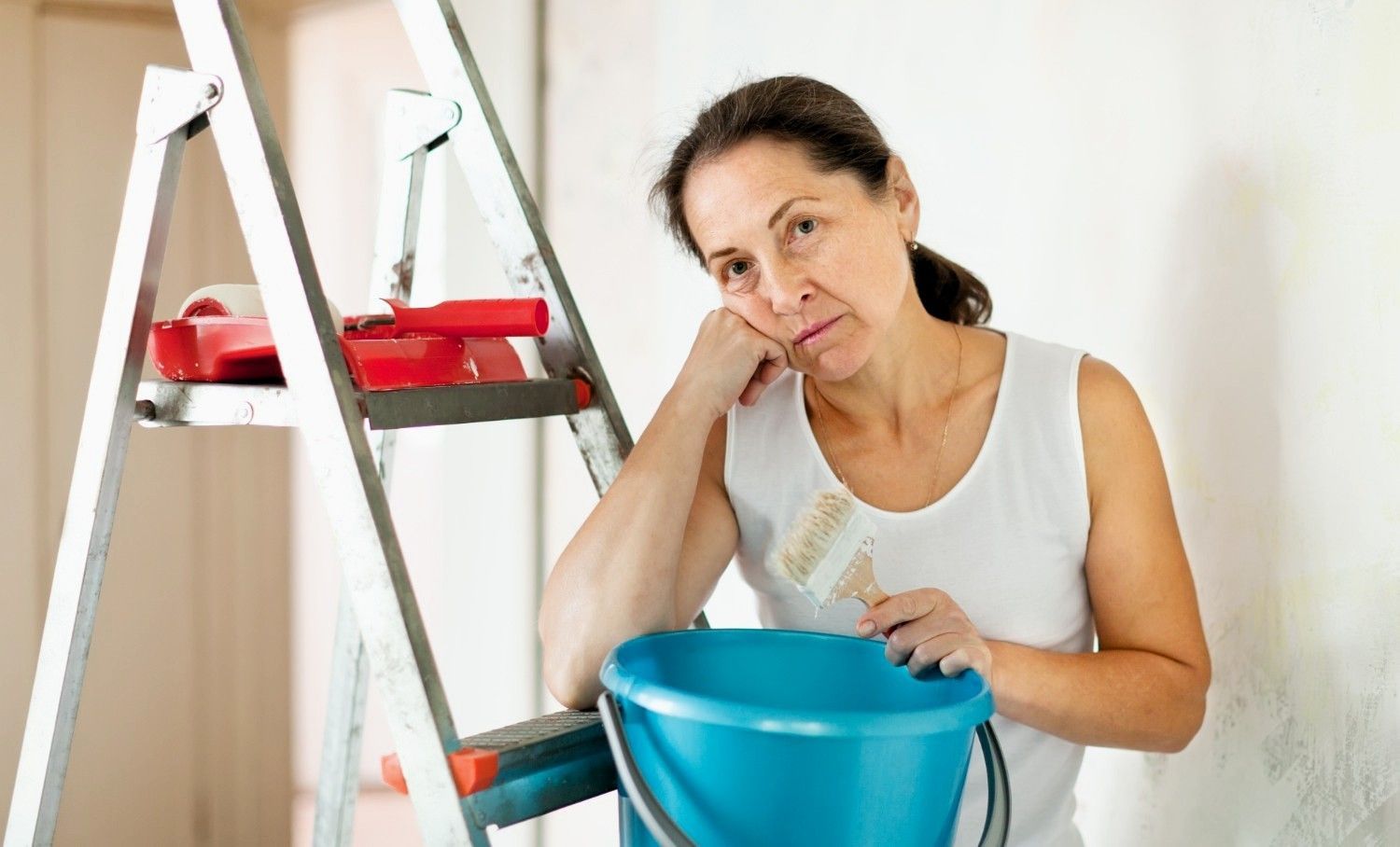Mold Hotspots in Your Home That You Need to Check More Often
What areas in your house hide mold and how to spot them early!
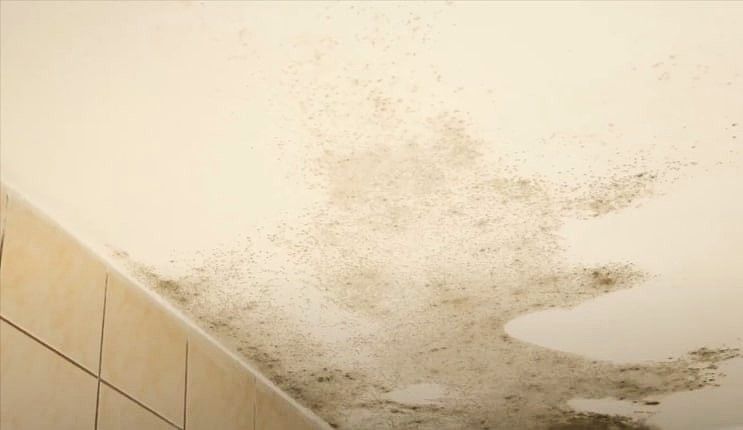
Mold isn’t just a problem in abandoned buildings or grimy bathrooms. It can sneak up on you even in the cleanest, most well-maintained homes. And if you live in Grand Rapids, you know our damp springs, muggy summers, and cold, snowy winters create the perfect environment for mold to thrive—especially in places we often overlook.
That’s why we’re shining a light on the most common mold hotspots in your home. These are the areas that deserve a little extra attention more often than you’d think. Keeping an eye on them can help you avoid expensive repairs, health issues, and a whole lot of stress later on.
Let’s take a closer look.
1. Basements and Crawl Spaces
These areas are mold magnets, especially here in West Michigan. Between older foundations, limited airflow, and the constant battle with groundwater, moisture tends to stick around—and that’s a mold recipe waiting to happen.
What to watch for:
- That unmistakable musty odor
- Water stains on the walls or floor
- Damp carpet or soggy cardboard boxes
- Rusty metal or corroded tools
Quick fix: Run a dehumidifier year-round if possible. If you spot foundation cracks or signs of water seepage, seal them up or bring in a pro before it gets worse.
2. Bathrooms and Showers
Bathrooms are pretty much mold’s happy place—warm, wet, and often poorly ventilated. Even if you’re on top of cleaning, it’s easy to miss some of the sneaky spots.
Where to look:
- Grout and caulking in the shower
- Under and behind the sink or toilet
- Peeling paint or damp corners on the ceiling
- Around mirrors or window edges
Simple habit: Always run your exhaust fan during your shower and leave it on for at least 30 minutes after. And once a year, reseal your grout to keep moisture out.
3. Under the Kitchen Sink and Appliances
You might not think of the kitchen as a mold danger zone, but it’s full of places where leaks can quietly cause trouble. That cabinet under your sink? It’s a dark, damp paradise for mold if a pipe is dripping even a little.
Red flags:
- Swollen cabinet wood
- Weird smells under the sink
- Water stains behind the fridge or dishwasher
Stay ahead: Check your plumbing connections every now and then. Even tiny drips can cause big problems over time. And don’t forget to clean behind and under appliances at least a few times a year.
4. HVAC Systems and Laundry Rooms
Your HVAC system helps keep things comfortable—but without proper upkeep, it can also help mold travel through your entire house. And laundry rooms, especially those with front-load washers, are another damp zone where mold loves to grow.
Things to inspect:
- Vents with dust or discoloration
- AC drip pans or coils
- That rubber gasket on the washer door
- Behind the dryer or laundry tub
Pro tip: Change HVAC filters regularly and get the system inspected once a year. After doing laundry, leave the washer door open so everything dries out.
5. Windows and Window Sills
Ever noticed condensation on your windows in winter? That’s more than just a nuisance—it can lead to mold if it keeps happening. Old wood frames are especially prone to holding onto moisture.
What to check:
- Water droplets or fog between window panes
- Soft or dark patches on the frame
- Peeling paint on the window trim
Easy solution: Wipe down condensation daily during colder months. Make sure curtains or blinds aren’t holding moisture in, and if your windows fog up constantly, it might be time for an upgrade.
6. Attics, Ceilings, and Inside Walls
Just because you don’t spend much time in the attic doesn’t mean it’s safe from mold. A tiny roof leak or poorly insulated attic can trap moisture for months without you even noticing.
Warning signs:
- Brown stains or bubbling on the ceiling
- Musty smells upstairs or in little-used rooms
- Warped drywall or soft spots
- Paint that seems to blister or peel
When to act: If you’ve had roof damage, ice dams, or water leaks, don’t wait. Check these areas thoroughly. Mold can hide up there for a long time before you see the damage.
7. Surprising Spots You Might Not Think Of
Not every moldy area is obvious. Some spots seem harmless but end up holding moisture or collecting dust—two things mold absolutely loves.
Sneaky mold traps:
- Rubber-backed doormats
- Overwatered houseplants or soggy drip trays
- Toothbrush holders and sink caddies
- Bath toys and plastic storage bins
- Boxes stored in closets or garages
Quick tip: If something smells off or feels damp, clean it or toss it. Regularly check and clean these items before they become a bigger issue.
Why Regular Mold Checks Matter—And What You Can Do About It
Mold isn’t just gross—it can seriously mess with your health and home. It can trigger allergies, make asthma worse, and slowly eat away at walls, insulation, and wood. And in a place like Grand Rapids, where humidity is part of life, regular mold checks aren’t optional—they’re essential.
Not sure if you’ve got a mold issue? If you’ve noticed any musty smells, discolored walls, or want peace of mind, it might be time to call in the pros. Grand Rapids Mold Relief offers expert mold inspections, testing, and safe removal tailored to local homes and conditions.
Don’t wait for mold to take over—schedule your mold assessment today and keep your home clean, safe, and healthy year-round.
